Sign up for workout ideas, training advice, reviews of the latest gear and more.

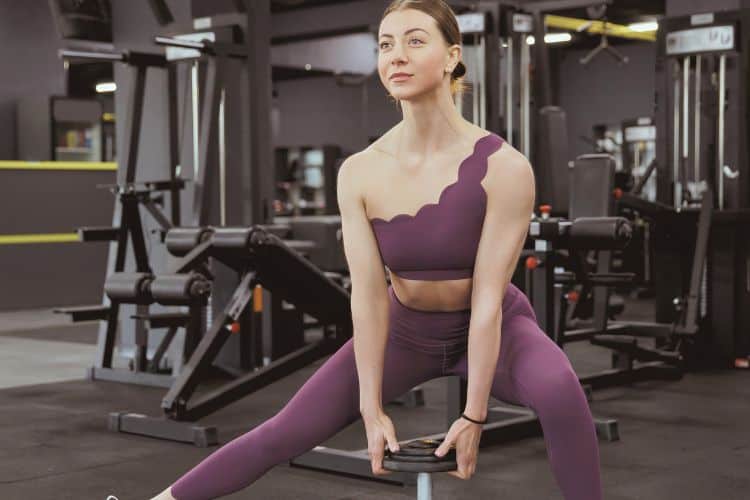
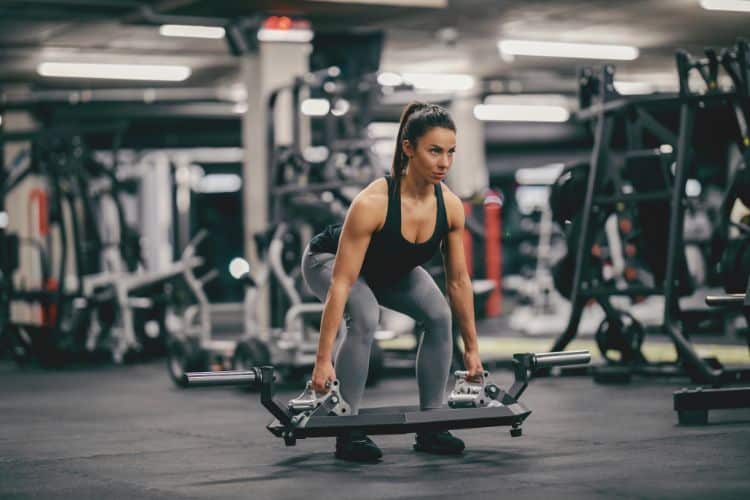
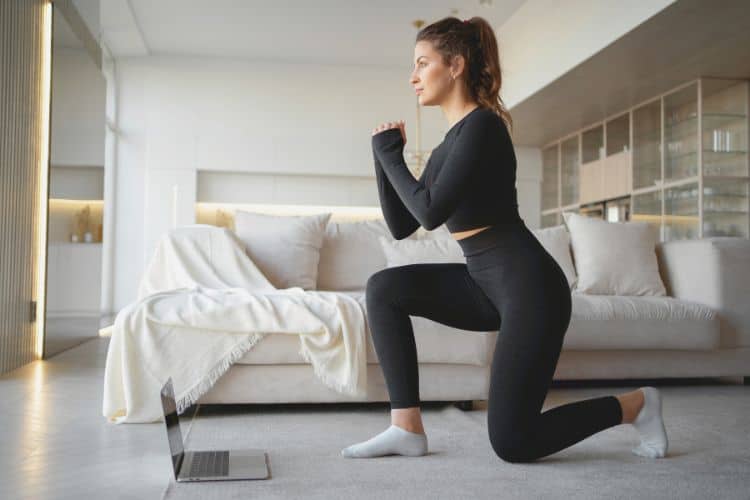
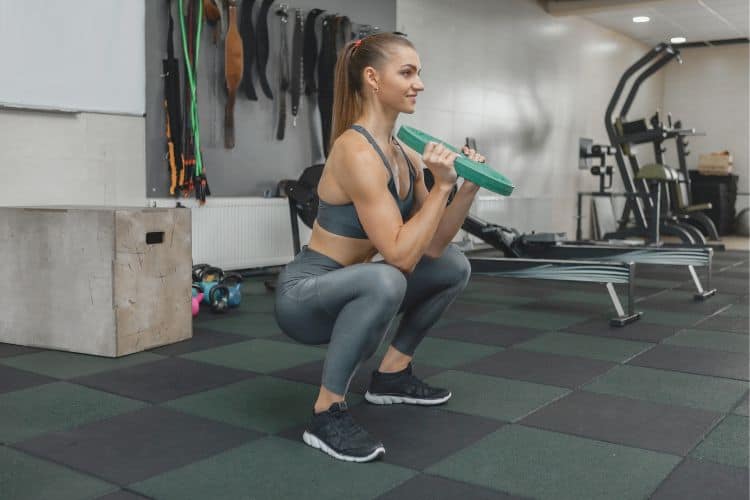
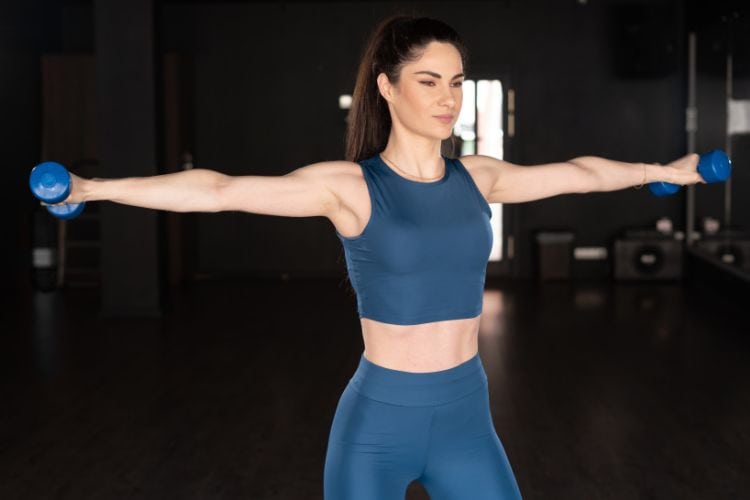
Dumbbell lateral raises are a staple shoulder isolation exercise that targets the lateral deltoids, helping to create wider, more defined shoulders. Whether you’re a beginner or advanced lifter, this shoulder movement is essential for improving upper body aesthetics and strength. In this comprehensive guide, you’ll learn the proper technique, variations, benefits, and how to integrate dumbbell lateral raises into your shoulder workout routine.
Dumbbell lateral raises involve lifting a pair of dumbbells out to your sides, emphasizing the middle head of the deltoid muscle. Unlike compound movements like overhead presses, lateral raises isolate the side delts, helping develop width in the shoulders and balance your physique.
This isolation makes lateral raises an essential movement in any shoulder workout for definition and width.
Lateral raises uniquely target the side delts, which are hard to hit with pressing movements alone. This makes them one of the best exercises for building rounded, athletic shoulders.
Because you work both arms independently with dumbbells, you can identify and correct imbalances between your left and right shoulder muscles.
Wider shoulders create the illusion of a smaller waist and emphasize the classic V-shaped torso, especially beneficial for both men and women seeking a defined upper body.
With just a pair of dumbbells, you can perform lateral raises virtually anywhere, making it perfect for home workouts.
Perfecting your technique is crucial to avoiding injury and maximizing shoulder development.
Swinging the weights or using your legs reduces activation in the deltoids. Keep the motion controlled and deliberate.
Engaging the traps more than necessary detracts from the focus on the side delts.
This is not a powerlifting movement. Use weights you can lift with strict form.
Lifting above shoulder height increases the risk of rotator cuff injury. Stick to shoulder level or just below.
Switching up your lateral raise technique keeps your workouts engaging and helps recruit muscles differently.
By sitting down, you eliminate momentum and force your shoulders to do all the work. Ideal for better isolation.
Performing one arm at a time allows for focused contraction and is great for correcting muscular imbalances.
Lean slightly to one side while holding onto a support. This increases the range of motion and intensifies the stretch and contraction.
Lying on your side on an incline bench minimizes the use of momentum and targets the delts from a different angle.
Combines front raises and lateral raises in one motion to hit the front and side delts in one set.
Here’s how to incorporate dumbbell lateral raises into a full shoulder hypertrophy workout:
For most lifters, 2–3 times per week is enough to stimulate growth in the lateral delts. Ensure at least 48 hours of recovery between intense shoulder sessions. They can be included in:
If your shoulders are lagging, consider starting your workout with lateral raises to pre-exhaust the side delts before compound movements.
While you can’t always go heavier due to joint safety, here’s how to make lateral raises more effective:
Slow down the eccentric (lowering) portion to 3–4 seconds per rep.
Push for higher reps (12–20) or add volume by increasing the number of sets.
After your last heavy set, immediately grab lighter dumbbells and rep out till failure.
Perform a set until failure, rest for 10–15 seconds, then continue for more reps.
If you’re new to weight training, start with:
Progress to heavier dumbbells only when you can complete your reps with flawless technique.
Yes—when programmed effectively. While not a mass builder like the shoulder press, dumbbell lateral raises build detail and shape in the shoulders. They are essential for muscle definition and symmetry.
Doing lateral raises every day isn’t recommended due to the risk of overtraining the shoulders. Instead, stick to 2–3 times per week.
No. This movement is better suited for moderate weights with higher reps to maintain form and avoid injury.
Aim for 3–4 sets of 12–15 reps per session. Add volume as your strength and endurance improve.
Perform dumbbell lateral raises after compound pressing movements or use them as a finisher to isolate and burn out your shoulders.
Dumbbell lateral raises are one of the most effective isolation exercises for developing broad, well-rounded shoulders. With proper form, progressive overload, and consistency, they’ll help you build a stronger, more balanced upper body.
Whether you’re training for aesthetics, functional strength, or athletic performance, lateral raises should be a staple in your shoulder routine. Keep the weights moderate, prioritize technique, and challenge your muscles with volume and time under tension.
Add dumbbell lateral raises to your workout routine today and start sculpting those head-turning shoulders. Don’t forget to pair your training with proper nutrition and recovery for the best results.
Stay up to date on the latest women’s health, fitness and lifestyle trends and tips.